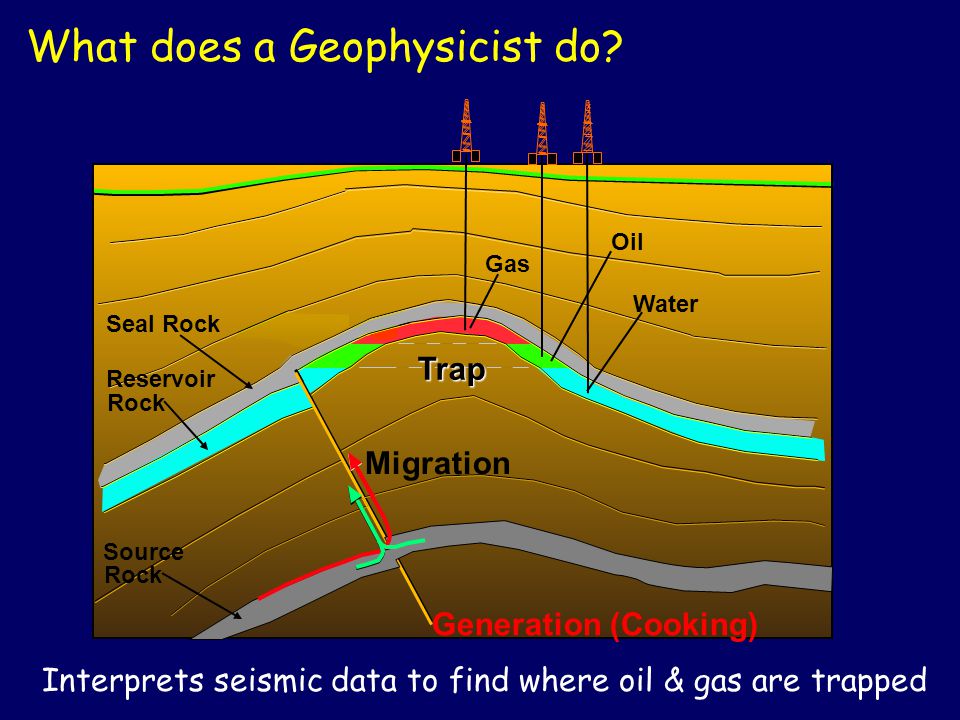All Categories
Featured
Table of Contents
Geophysical Survey And Investigations in Wanneroo Australia 2023

Other possible geophysicist majors that aren't geophysics or geoscience include: Climatic sciences and meteorology Chemical and physical oceanography Earth science Environmental science Hydrology and water resources science Materials science By making any geophysicist degree, and by taking the needed geology courses, you need to certify for an entry-level position as a geoscientist or geophysicist.
Ultimately, trainees must learn: a branch of geology that takes a look at the various elements of minerals, consisting of chemical composition, internal crystal structure, and physical homes. the study of rocks and the processes and conditions that form and change them gradually. There are a few subdivisions in this branch of geology, consisting of igneous, metamorphic, and sedimentary rocks.

This field takes a look at structural rock features such as cleavage, faults, joints, and small folds. They should also find out the computer system abilities needed to: examine data create digital designs and maps operate geoscientists' software application Students need to likewise benefit from all opportunities to get real-world experience. Aspiring geophysicists must anticipate to hang around learning: in the class in the field in laboratories Certainly, abilities taught in the class are extremely essential for striving geophysicists.
Job Profiles : Geophysicist Physics in Clarkson Australia 2020
For instance, geoscientists spend a lot of their time outside when working in the field, so they need to have "outside skills" like outdoor camping and operating boats, airplane, and other automobiles. Since they invest so much time in remote areas, it's necessary that geophysicists likewise have the physical stamina to bring needed devices on their walkings to areas of research study.
The task uses: a high average and leading incomes a high rate of individual satisfaction among geophysicists low work tension positive job outlook Additional information on profits potential and task outlook is detailed listed below. For students looking to land an entry-level role as a geoscientist or geophysicist, it takes 4 years, or the time required to finish a bachelor's degree in geophysics or an associated discipline.
Some research positions in geophysics need postgraduate degrees. If you prepare to teach at a college or university, you must make a Ph. D. in geophysics or an associated field. The time it requires to earn a Ph. D. differs by institution and program, but it usually takes four to six years beyond the bachelor's degree.
Geophysical Survey - Archaeological Research in Alexander Heights WA 2022
Most employers need prospects to have a bachelor's degree in geophysics or a closely related discipline for all entry-level positions. As an outcome, there's no method around the degree requirements for becoming a geophysicist.
Presently, 31 states require licensing for geologists, although licensing is not constantly required, especially for entry-level work. The states that do concern licenses utilize the Fundamentals of Geology Exam (FGE), which is administered through the National Association of State Boards of Geology (ASBOG). Now that you understand which degree for geophysicist jobs you need, you'll need to land a job, and it is very important to find out just how much money you can make in this career.
According to BLS, the median yearly wage for geoscientists is $93,580. According to BLS, particular industries use greater incomes for geoscientists, and in some cases, they provide higher-than-average earnings.
Geophysicists in Cottesloe Oz 2021
Mining, quarrying, and oil and gas extraction uses over $32,000 more every year than the average annual wage for this profession. The federal government, too, uses over $10,000 more in incomes than the national average for geoscientists. In addition to industry type, geographic place can greatly affect incomes for this profession.

The top-paying states and their yearly mean salaries, according to the BLS, consist of: Texas $166,720 Oklahoma $149,630 Pennsylvania $120,590 Hawaii $120,130 Colorado $107,260 These 5 top-paying states offer much higher wages than the average for this occupation. Incomes for geoscientists in Texas are over $73,000 greater than the nationwide average.
It must come as not a surprise that the majority of these high-paying areas are in Texas and Oklahoma, but some are found in California, Louisiana, and Colorado. The top 10 highest-paying city areas for geoscientists are: Houston-The Woodlands-Sugar Land, Texas: $188,400 Tulsa, Oklahoma: $186,490 Midland, Texas: $167,040 Odessa, Texas: $147,080 Oklahoma City, Oklahoma: $145,350 Bakersfield, California: $130,080 Urban Honolulu, Hawaii: $124,470 New Orleans-Metairie, Louisiana: $121,030 Washington-Arlington-Alexandria, DC, VA, MD, WV: $120,180 Denver-Aurora-Lakewood, Colorado: $116,910 For some geoscientists and geophysicists, residing in a metro city is not as enticing as living in a smaller community.
Latest Posts
Geophysical Survey Methods in Western Australia 2021
Geophysicist Salary in Wembley Downs Aus 2021
Bsc Geophysics in Safety Bay WA 2023